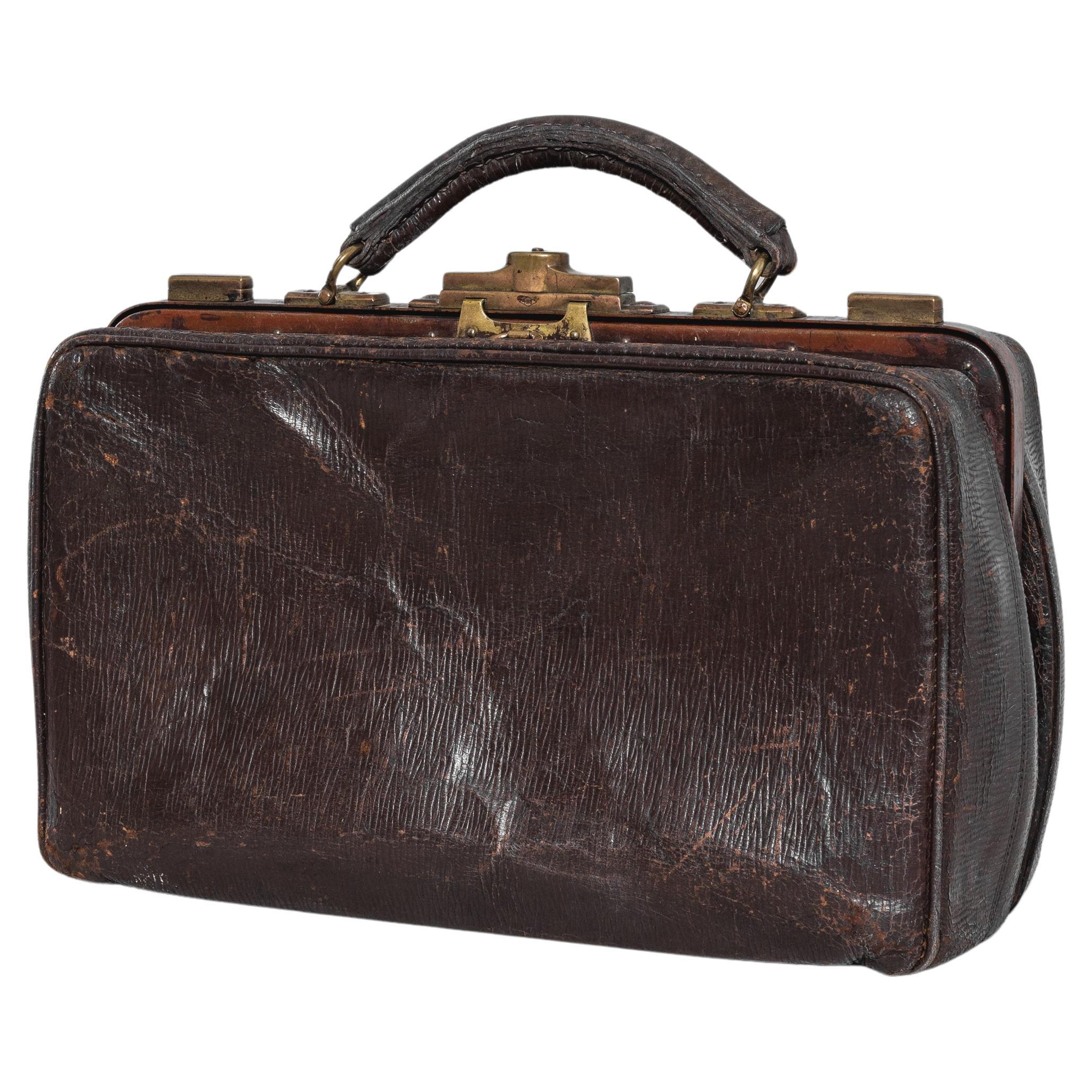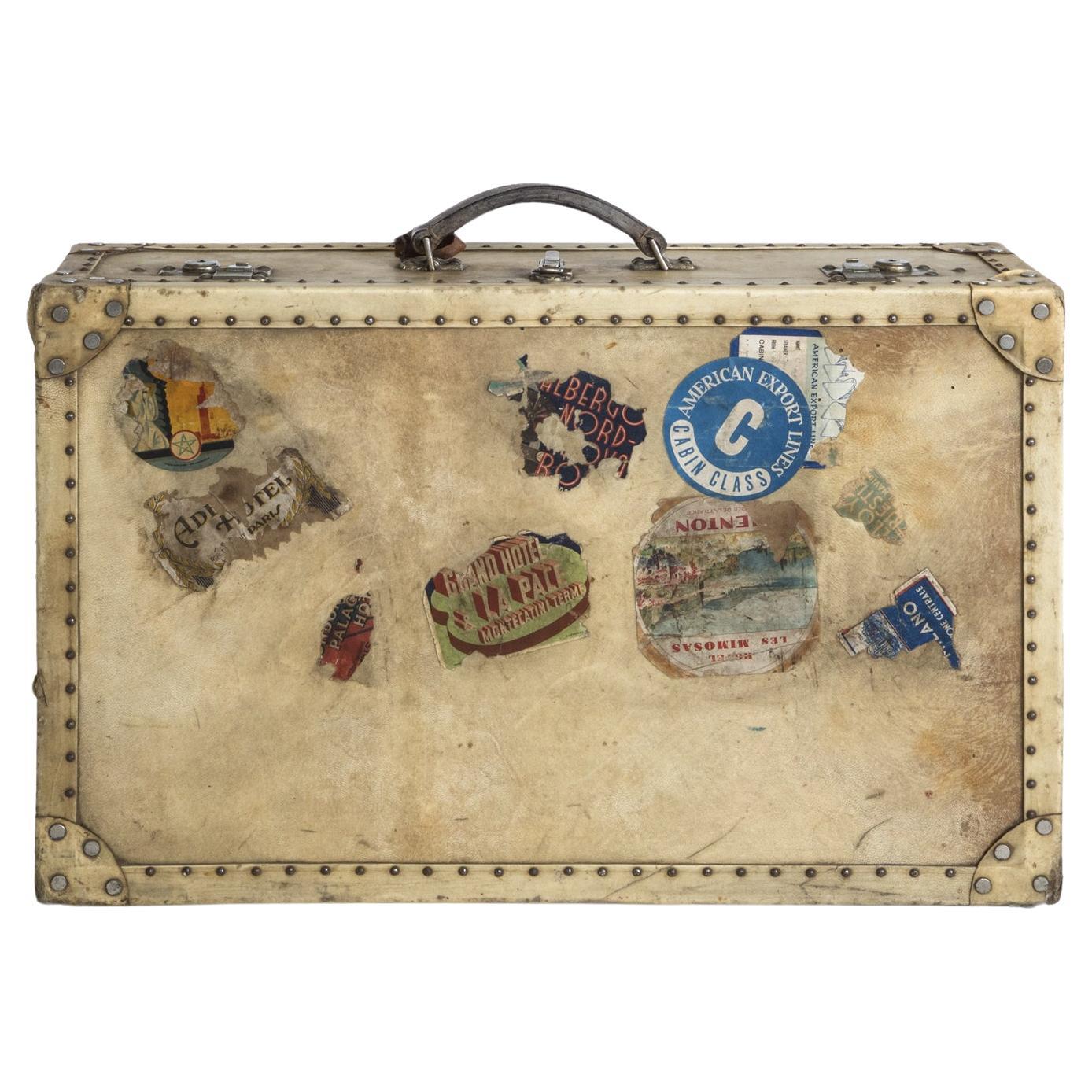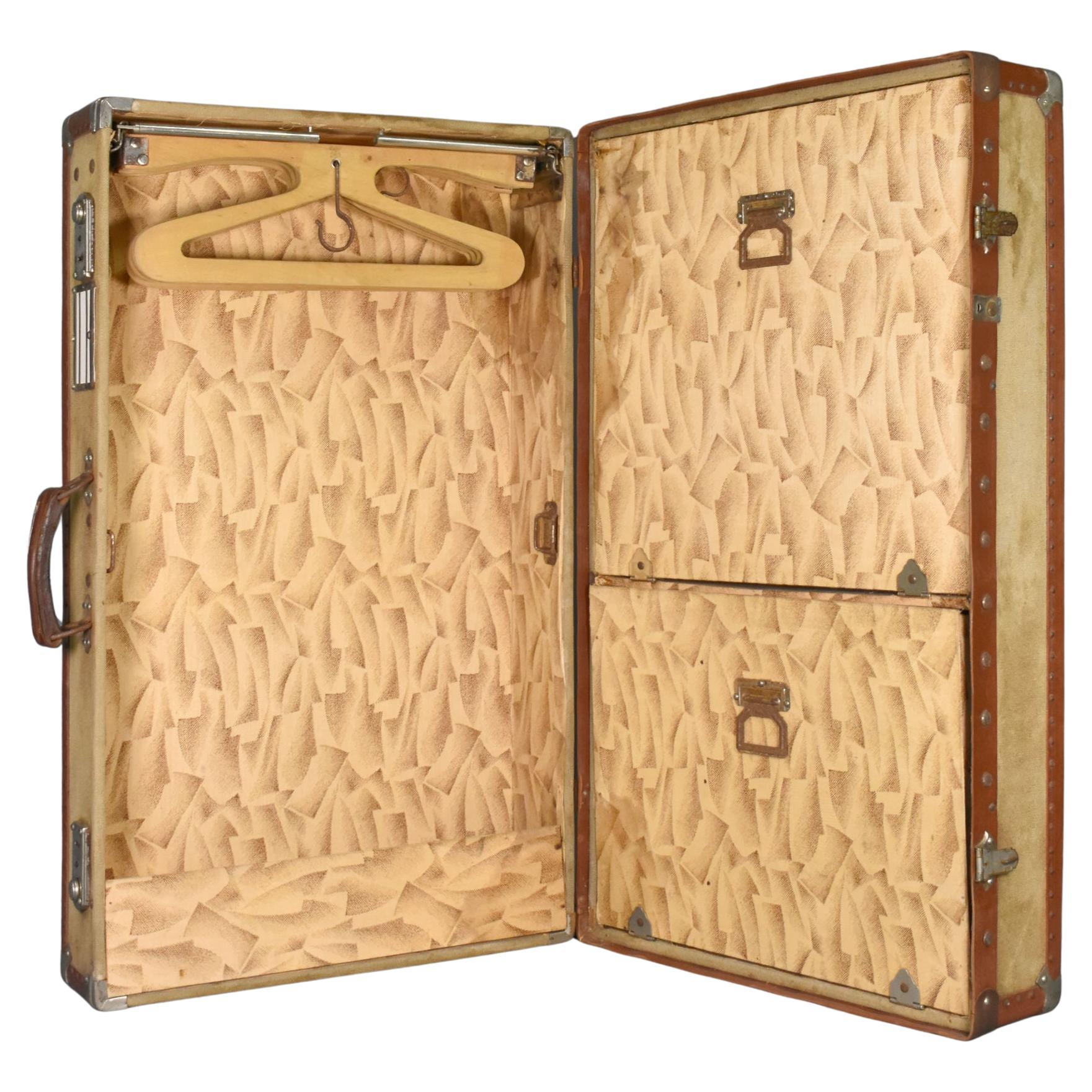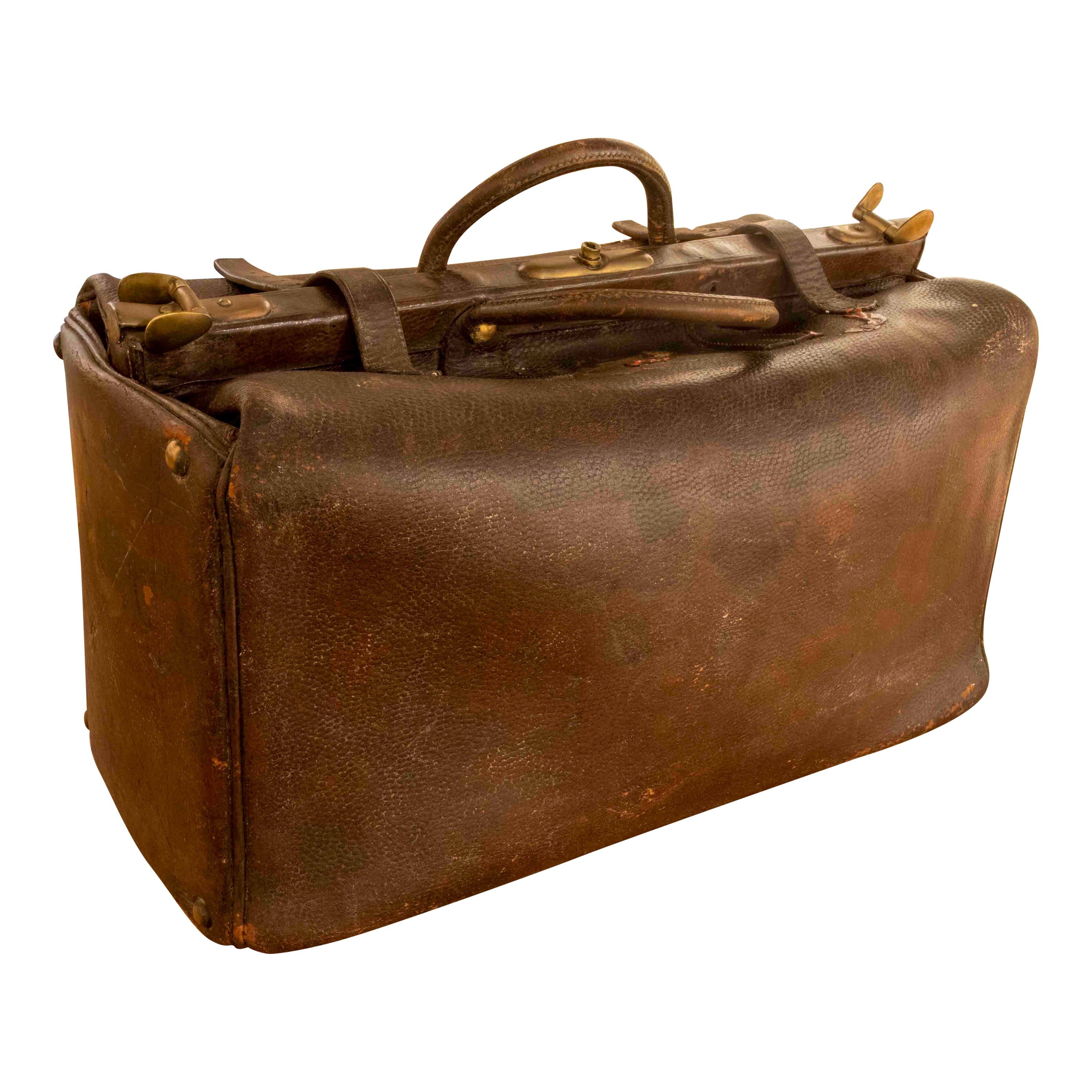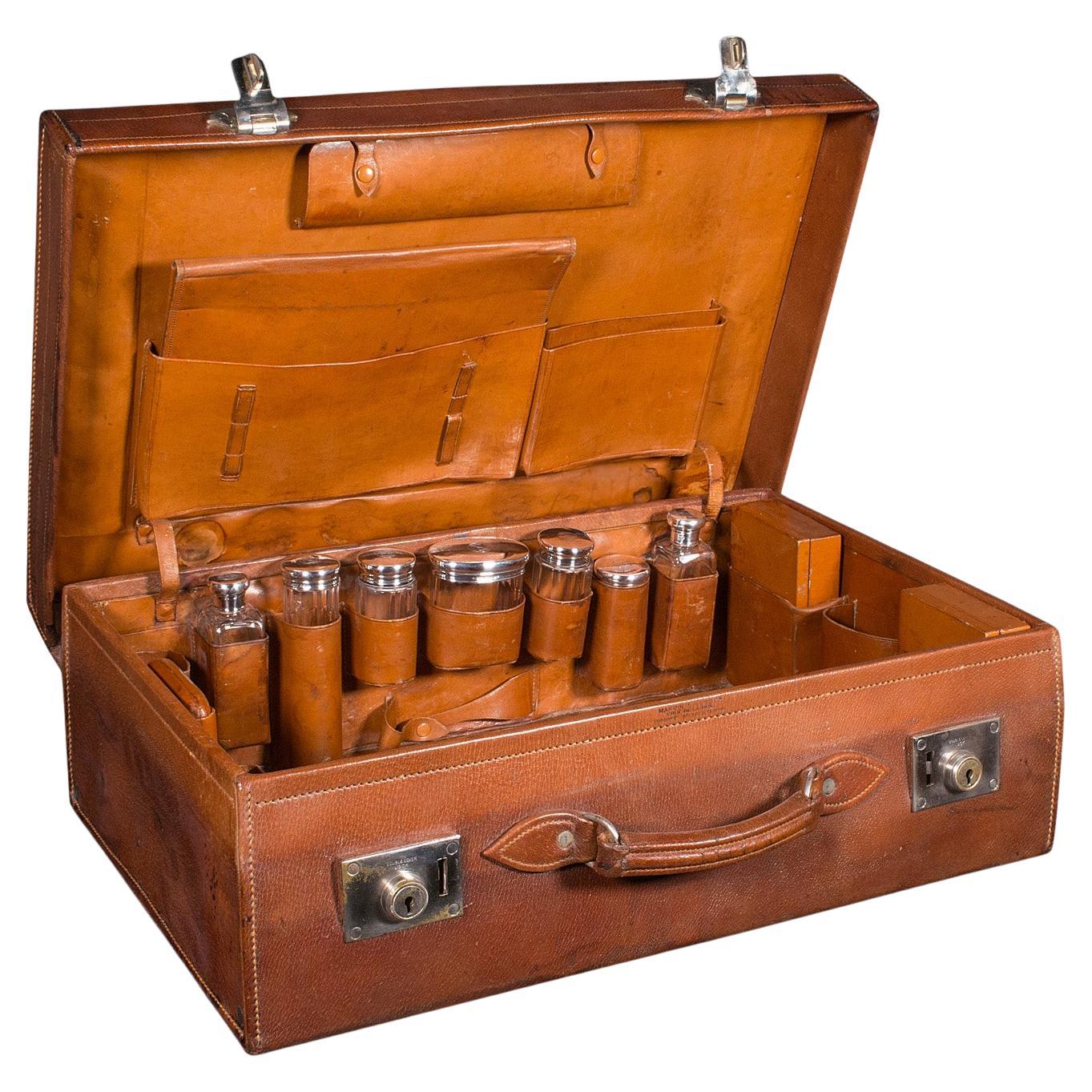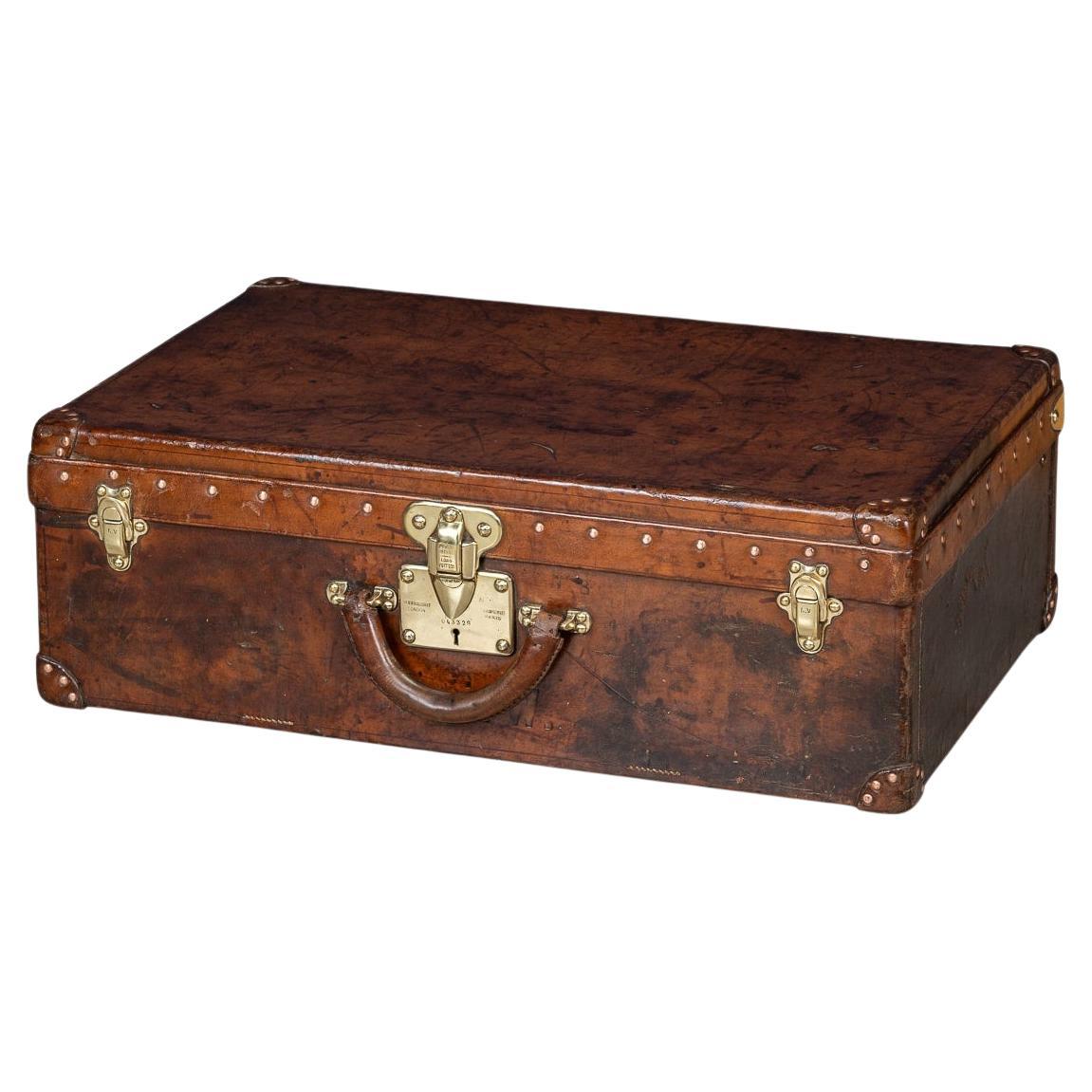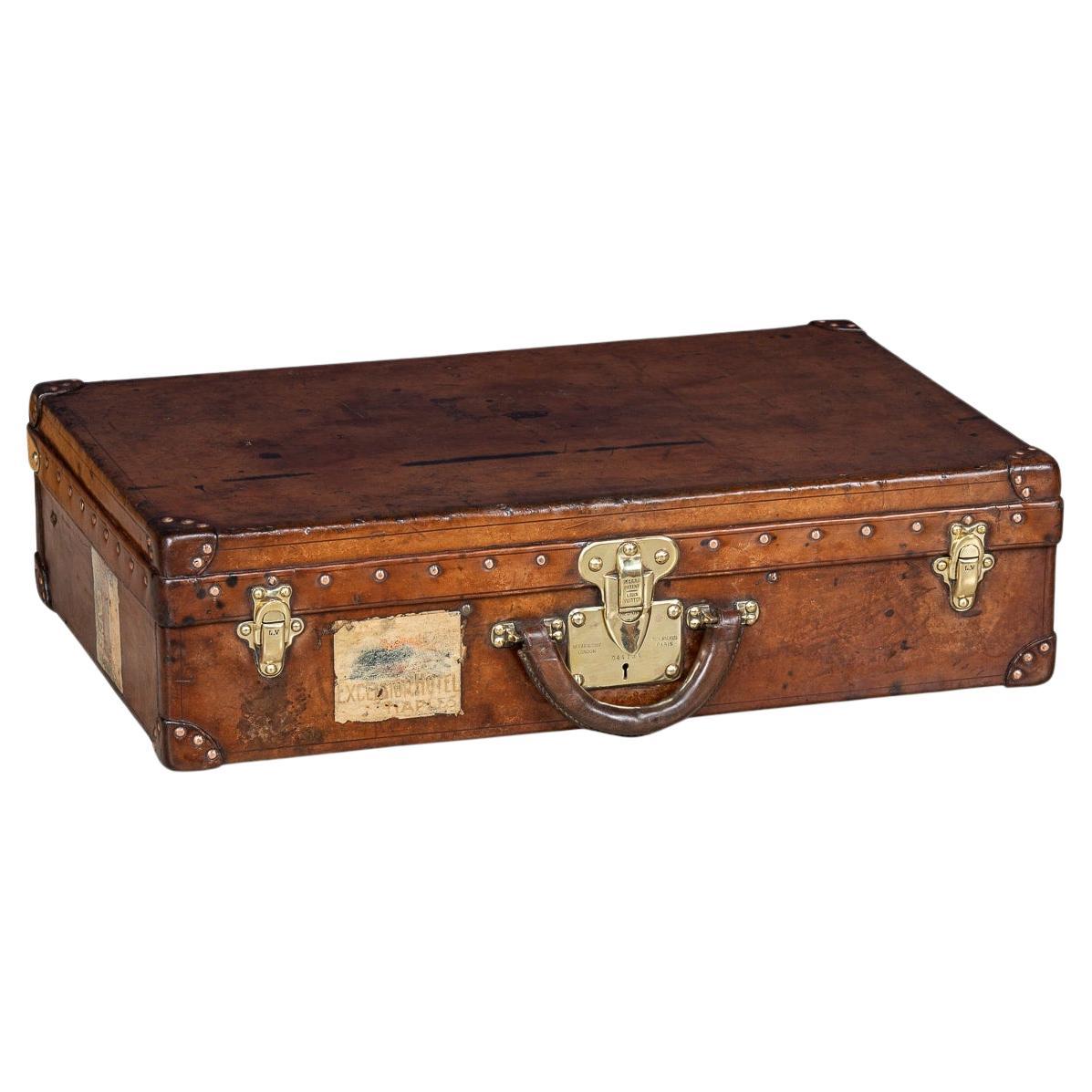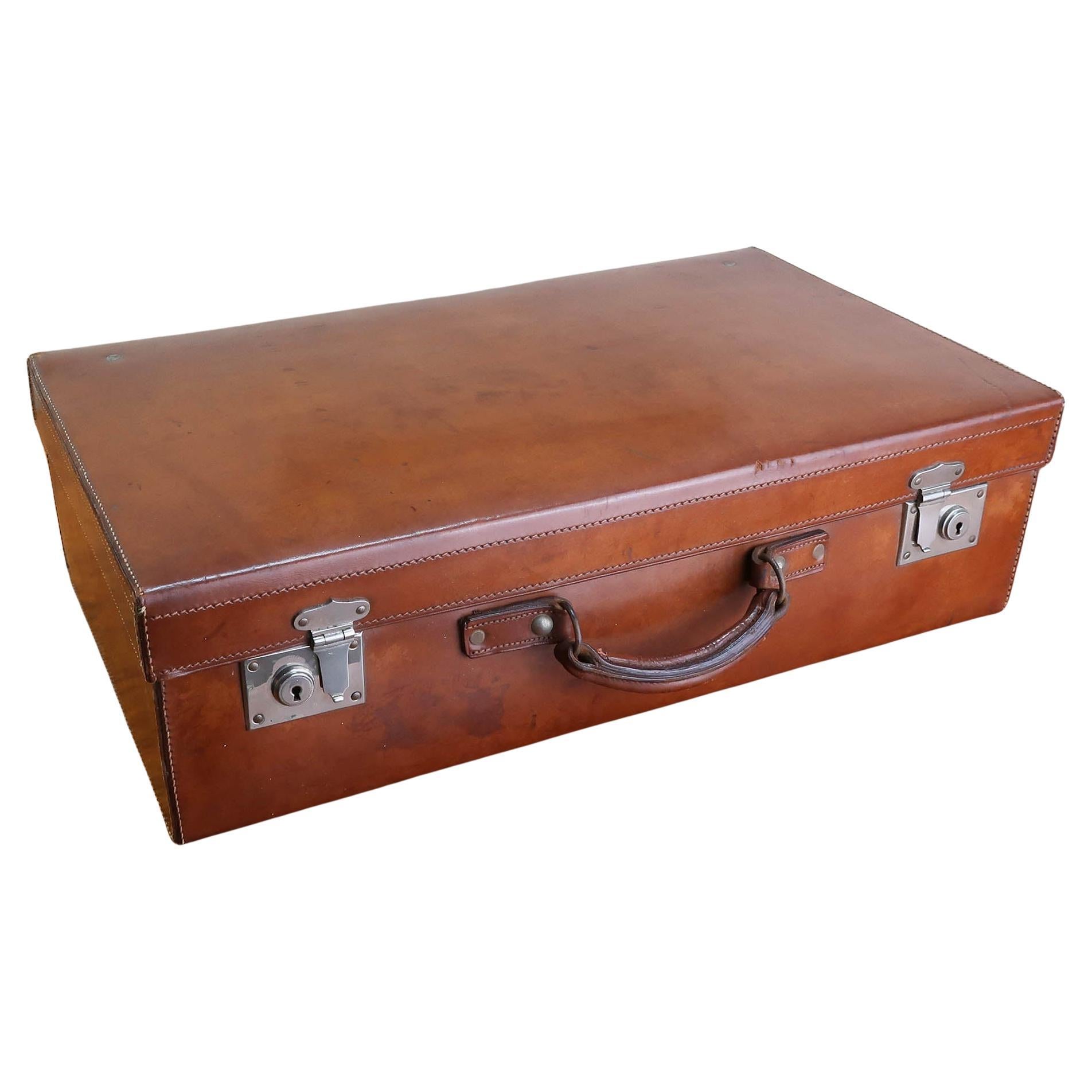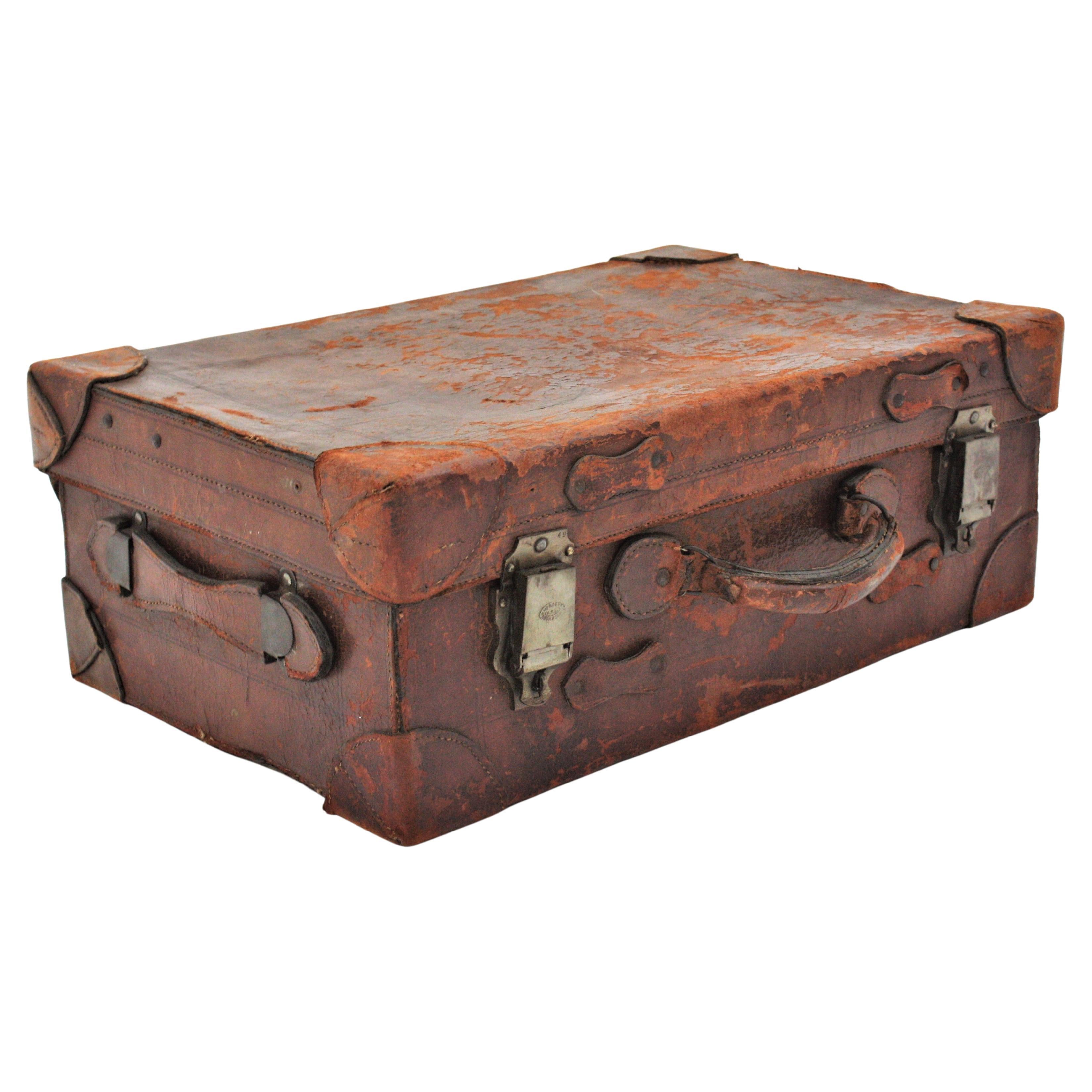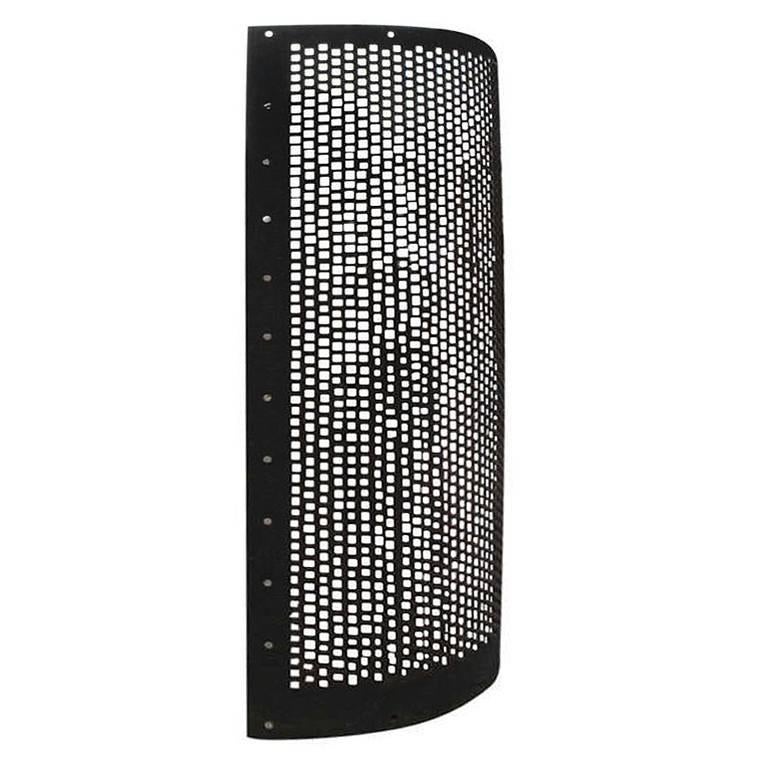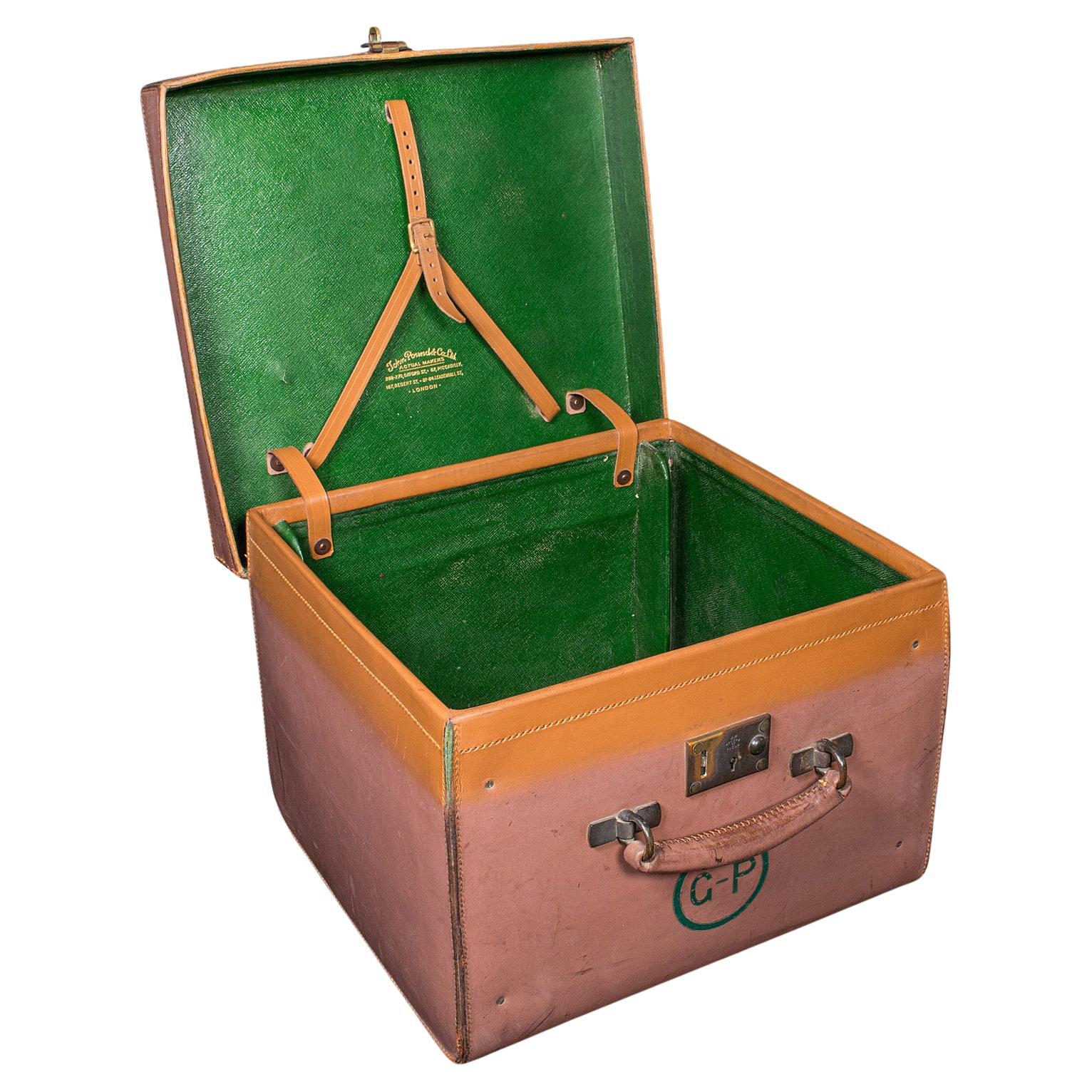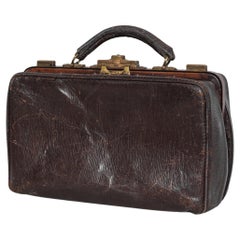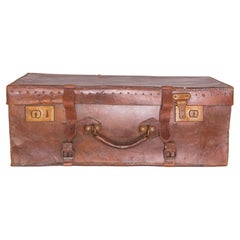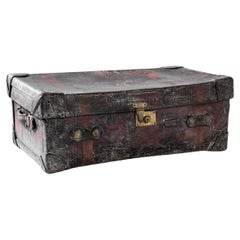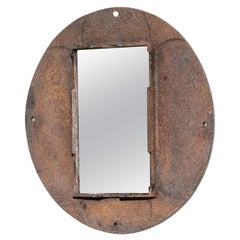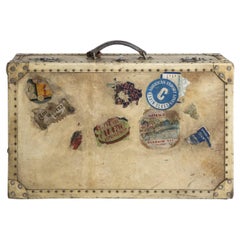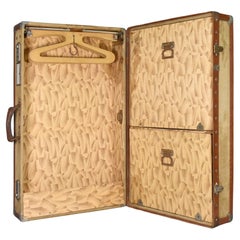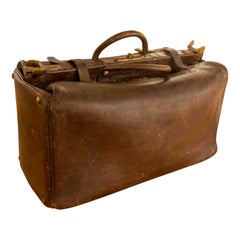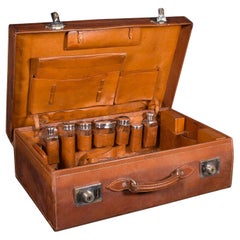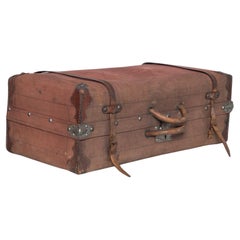
1920s French Antique Suitcase
View Similar Items
Want more images or videos?
Request additional images or videos from the seller
1 of 7
1920s French Antique Suitcase
About the Item
- Dimensions:Height: 13.4 in (34.04 cm)Width: 25.2 in (64.01 cm)Depth: 9.8 in (24.9 cm)
- Materials and Techniques:
- Place of Origin:
- Period:
- Date of Manufacture:1920
- Condition:Wear consistent with age and use.
- Seller Location:High Point, NC
- Reference Number:Seller: 119001stDibs: LU5280240811382
About the Seller
5.0
Platinum Seller
Premium sellers with a 4.7+ rating and 24-hour response times
Established in 2015
1stDibs seller since 2020
1,175 sales on 1stDibs
Typical response time: 1 hour
Authenticity Guarantee
In the unlikely event there’s an issue with an item’s authenticity, contact us within 1 year for a full refund. DetailsMoney-Back Guarantee
If your item is not as described, is damaged in transit, or does not arrive, contact us within 7 days for a full refund. Details24-Hour Cancellation
You have a 24-hour grace period in which to reconsider your purchase, with no questions asked.Vetted Professional Sellers
Our world-class sellers must adhere to strict standards for service and quality, maintaining the integrity of our listings.Price-Match Guarantee
If you find that a seller listed the same item for a lower price elsewhere, we’ll match it.Trusted Global Delivery
Our best-in-class carrier network provides specialized shipping options worldwide, including custom delivery.More From This Seller
View All1920s French Leather Suitcase
Located in High Point, NC
Discover the timeless elegance of this 1920s French Leather Suitcase, an exquisite piece that captures the essence of early 20th-century travel. Crafted with meticulous attention to ...
Category
Early 20th Century French Trunks and Luggage
Materials
Leather
1920s Belgian Leather Trunk
Located in High Point, NC
Step back in time with this exquisite 1920s Belgian Leather Trunk, a remarkable artifact that embodies the sophistication and craftsmanship of early 20th-century travel accessories. Handcrafted in Belgium, this trunk features rich, supple leather that has beautifully aged, showcasing a warm patina and character that only decades of history can impart. The trunk is adorned with original brass hardware, including sturdy locks and buckles, ensuring both security and an authentic vintage appeal. Its robust leather handle makes for easy transport, while the interior, lined with a soft, golden fabric, offers ample space for storing valuables, garments, or keepsakes. The interior pocket adds a touch of practicality, perfect for organizing smaller items. This 1920s Belgian Leather Trunk is not just a storage solution; it's a timeless piece of art that brings a sense of elegance and heritage to any setting. Ideal for collectors of vintage travel accessories...
Category
Early 20th Century Belgian Trunks and Luggage
Materials
Leather
1900s Central European Leather Suitcase
Located in High Point, NC
Step back in time with this captivating 1900s Central European Leather Suitcase, a stunning relic of vintage travel charm and craftsmanship. The ...
Category
Early 20th Century European Trunks and Luggage
Materials
Leather
1920s French Iron Mirror
Located in High Point, NC
An iron mirror from 1920s France. An interplay of shapes and textures creates a weathered industrial aesthetic: a rectangular mirror is set inside a circular iron frame, oxidized to ...
Category
Early 20th Century French Wall Mirrors
Materials
Iron
$255 / item
1920s French Wood Patinated Mirror
Located in High Point, NC
Immerse your space in the nostalgic elegance of this 1920s French Wood Patinated Mirror. The ravages of time have bestowed upon it a weath...
Category
Early 20th Century French Wall Mirrors
Materials
Wood
1920s French Wood Patinated Bar
Located in High Point, NC
This 1920s French wood patinated bar showcases a beautifully aged finish that highlights its craftsmanship and character. Constructed from solid wood, it features a warm, natural pat...
Category
Early 20th Century French Dry Bars
Materials
Wood
You May Also Like
French Vellum White Leather Suitcase or Valise with Original Labels, 1920s
Located in AMSTERDAM, NH
Elegant and finely crafted, this French cream vellum suitcase or valise from the 1920s exudes timeless sophistication.
Constructed from wood and parchment, adorned with brass studs ...
Category
Vintage 1920s French Trunks and Luggage
Materials
Leather
French Antique Steamer Trunk Suitcase
Located in SAINTE-COLOMBE, FR
French Antique Steamer Trunk Suitcase
A sturdy Steamer Trunk / Travelling Suitcase that features reinforced corner brackets and leather-bound edges.
It is covered in a light crea...
Category
Early 20th Century French Art Deco Trunks and Luggage
Materials
Metal
1920s Leather Suitcase Bank with Original Wax Seals and Bronze Closures
Located in Marbella, ES
1920s Leather Suitcase Bank with Original Wax Seals and Bronze Closures
Category
Early 20th Century English Trunks and Luggage
Materials
Bronze
Antique Gentleman's Valet Suitcase, English, Leather, Fitted Interior, C.1920
Located in Hele, Devon, GB
This is an antique Gentleman's valet suitcase. An English, leather fitted case with silver topped bottles, dating to the early 20th century, circa 1920.
Superb fitted suitcase, rep...
Category
Early 20th Century British Mid-Century Modern Trunks and Luggage
Materials
Leather
20th Century Louis Vuitton Cow Hide Suitcase, France c.1920
By Louis Vuitton
Located in Royal Tunbridge Wells, Kent
A highly unusual and exceptionally rare Louis Vuitton suitcase, originating from the early years of the 20th century, distinguishes itself not with the globally renowned monogram canvas but with a distinctive covering crafted from a singular piece of cowhide. This unique piece represents a special order from Louis Vuitton, showcasing the brand's historical commitment to utilizing only the finest hides available.
Unlike many of its counterparts, leather trunks and cases of this era often struggle to withstand the test of time, requiring regular treatments to prevent drying and disintegration. Remarkably, this particular example defies the odds, retaining the same supple quality it possessed on the day it first graced the shop floor. This suitcase belongs to Louis Vuitton's collection of "speciality materials," which encompasses a diverse range, including, but not limited to, zinc, copper, crocodile leather, and cow leather.
A brief history about Louis Vuitton trunks: Louis Vuitton was born in 1821 to a farmer and milliner and came from a long-established working-class family in eastern France. Vuitton grew up understanding the effects of perseverance and a strong work ethic from watching his family. At the age of 16, he made the decision to walk 292 miles from his hometown to Paris to try and make a new life for himself. When he arrived the city was in the midst of industrialization with current modes of transportation evolving quickly allowing for longer journeys. With this came the need for sturdy travel pieces.
Vuitton was taken as an apprentice for a successful box maker and packer named Monsieur Marechal. He learned to craft durable containers and how to pack them properly – a well-respected profession at the time.In 1854, years after he had mastered his craft and became well respected for it, Vuitton ventured out on his own to open a shop on Rue Neuve des Capucines. It was here that he began to establish himself as a luggage maker. Then, in 1858, Vuitton designed the first Louis Vuitton steamer trunk. At the time trunks had rounded tops to allow for water to run off but this did not allow for convenient stowage. Vuitton introduced a flat, yet waterproof, trunk that was easily stackable. The first of his trunks were outfitted with a grey canvas referred to as Trianon – it wouldn’t be until several decades later that the signature monogram would be introduced.
With a burgeoning business, Vuitton moved his family and workplace to Asniere, where he employed twenty workers to craft his trunks. By 1900 he would have 100 employees, and in 1914 the company would more than double in size. After years of success, Vuitton began to experiment with the design of his luggage by introducing a new striped canvas pattern (1876) and later the still well-known Damier print (1888). The hand-painted patterns were developed to prevent counterfeits. Even in the late 1800s, Louis Vuitton was enough of a status symbol to warrant counterfeiting. In 1886, his son George invented and patented an ingenious locking system that made it impossible to pick the lock of their trunks. This lock is still used today.
1892 would prove to be a time of mourning for the family as Louis Vuitton passed...
Category
20th Century French Other Trunks and Luggage
Materials
Brass
20th Century Louis Vuitton Cow Hide Suitcase, France c.1920
By Louis Vuitton
Located in Royal Tunbridge Wells, Kent
A highly unusual and exceptionally rare Louis Vuitton suitcase, originating from the early years of the 20th century, distinguishes itself not with the globally renowned monogram canvas but with a distinctive covering crafted from a singular piece of cowhide. This unique piece represents a special order from Louis Vuitton, showcasing the brand's historical commitment to utilizing only the finest hides available.
Unlike many of its counterparts, leather trunks and cases of this era often struggle to withstand the test of time, requiring regular treatments to prevent drying and disintegration. Remarkably, this particular example defies the odds, retaining the same supple quality it possessed on the day it first graced the shop floor. This suitcase belongs to Louis Vuitton's collection of "speciality materials," which encompasses a diverse range, including, but not limited to, zinc, copper, crocodile leather, and cow leather.
A brief history about Louis Vuitton trunks: Louis Vuitton was born in 1821 to a farmer and milliner and came from a long-established working-class family in eastern France. Vuitton grew up understanding the effects of perseverance and a strong work ethic from watching his family. At the age of 16, he made the decision to walk 292 miles from his hometown to Paris to try and make a new life for himself. When he arrived the city was in the midst of industrialization with current modes of transportation evolving quickly allowing for longer journeys. With this came the need for sturdy travel pieces.
Vuitton was taken as an apprentice for a successful box maker and packer named Monsieur Marechal. He learned to craft durable containers and how to pack them properly – a well-respected profession at the time.In 1854, years after he had mastered his craft and became well respected for it, Vuitton ventured out on his own to open a shop on Rue Neuve des Capucines. It was here that he began to establish himself as a luggage maker. Then, in 1858, Vuitton designed the first Louis Vuitton steamer trunk. At the time trunks had rounded tops to allow for water to run off but this did not allow for convenient stowage. Vuitton introduced a flat, yet waterproof, trunk that was easily stackable. The first of his trunks were outfitted with a grey canvas referred to as Trianon – it wouldn’t be until several decades later that the signature monogram would be introduced.
With a burgeoning business, Vuitton moved his family and workplace to Asniere, where he employed twenty workers to craft his trunks. By 1900 he would have 100 employees, and in 1914 the company would more than double in size. After years of success, Vuitton began to experiment with the design of his luggage by introducing a new striped canvas pattern (1876) and later the still well-known Damier print (1888). The hand-painted patterns were developed to prevent counterfeits. Even in the late 1800s, Louis Vuitton was enough of a status symbol to warrant counterfeiting. In 1886, his son George invented and patented an ingenious locking system that made it impossible to pick the lock of their trunks. This lock is still used today.
1892 would prove to be a time of mourning for the family as Louis Vuitton passed...
Category
20th Century French Other Trunks and Luggage
Materials
Brass
Recently Viewed
View AllMore Ways To Browse
Beautiful Crocodile Doctors Bag
Belber Trunk
Bisten 70
British Colonial Wood Trunks
Chanel Pocketbooks
Charlotte Perriand Luggage Rack
Courrier Lozine 110
Dionite Luggage
Fiberglass Luggage
Giant Hermes Bag
Gladstone Bag Crocodile
Goyard Bar
Hartman Luggage Co
Hartmann Steamer Trunk
Hartmann Wardrobe Trunk
Hemingway Trunk
Hermes Steamer Trunk
Hermes Valise
